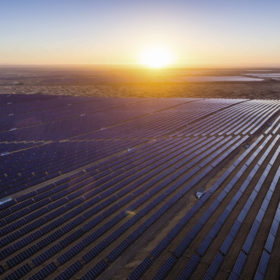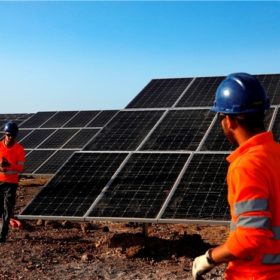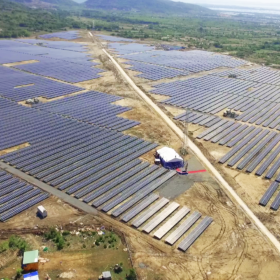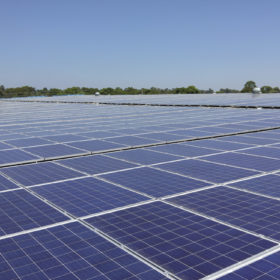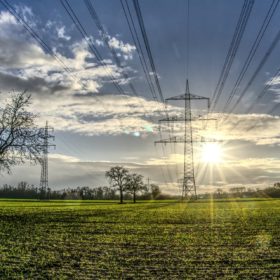The weekend read: PV in the pandemic
“Unprecedented” appears to be a frequently used term to describe the Covid-19 crisis that the global economy, our societies and healthcare systems are now facing. And while outbreaks of severe and potentially life-threatening diseases have occurred at various stages in the modern age, our globally connected reality today means that the coronavirus could have impacts that are truly without precedent.
Debt financing the main obstacle to PV during Covid-19 crisis
Industry body SolarPower Europe hosted a webinar to consider how the global public health crisis will affect solar. While workers and materials are still available, industry experts are concerned about the state of the financial sector. Banks could become more conservative and raise the cost of capital for renewables projects.
Wafer size transition in the midst of Covid-19
As the Covid-19 pandemic takes the world by storm, global supply chain operations remain disrupted, and solar exhibitions that were held in the first quarter of the year saw fewer manufacturers displaying their latest products.
China finalizes 2020 solar subsidy policy
With the introduction of guided feed-in prices for different types of electricity by China’s National Development and Reform Commission (NDRC), the world’s largest solar market has its PV subsidy policy finalized two months earlier than last year.
Europe’s largest solar park now online
Iberdrola’s 500 MW Núñez de Balboa solar park has started commercial operations, following the completion of construction in December.
Is it the end of the oil era?
Volatility in the oil markets has played out in the news recently, driven by the Covid-driven collapse in demand and a war for market share between Saudi Arabia and Russia. A G20 meeting is to be held to try and find a way to cut production. As states and the oil majors look to shore up the price though, it’s possible that the coronavirus crisis might be what topples the fundamental driver of the current economic order.
Vietnam finally unveils new FITs for large-scale, rooftop, floating PV
Hanoi has set new feed-in tariff rates for utility-scale, rooftop and floating PV projects, ending a long period of policy uncertainty. The government has announced the new rates, which are broadly in line with industry expectations, roughly 10 months after the expiration of its old tariffs.
Coronavirus: An ill wind for corporate PPAs?
The unforeseen arrival of COVID-19 has brought many negotiations for corporate power purchase agreements to an abrupt halt in Europe, but this may not be all bad news for the sector write Daniel Marhewka, Lis Blunsdon and David Haverbeke, energy specialists at European law firm, Fieldfisher.
World now has 583.5 GW of operational PV
Global grid-connected solar capacity reached 580.1 GW at the end of 2019, along with 3.4 GW of offgrid PV, according to the International Renewable Energy Agency. Total installed renewables capacity hit a remarkable 2,563.8 GW, with hydropower remaining the dominant source at 1,310.9 GW, followed by wind at 622.7 GW.
General Electric works on grid-forming inverter controls
The U.S. conglomerate plans to deploy and test new controls with its commercial PV LV5 inverter platform. It aims to develop “grid-forming” controls to allow wind and solar inverters to form voltage and frequency levels like traditional generators. The company wants to improve coordination and synchronization among multiple grid-forming resources, and is working on smart PV reserve controls to improve the transient stability of systems with high renewables penetration.



